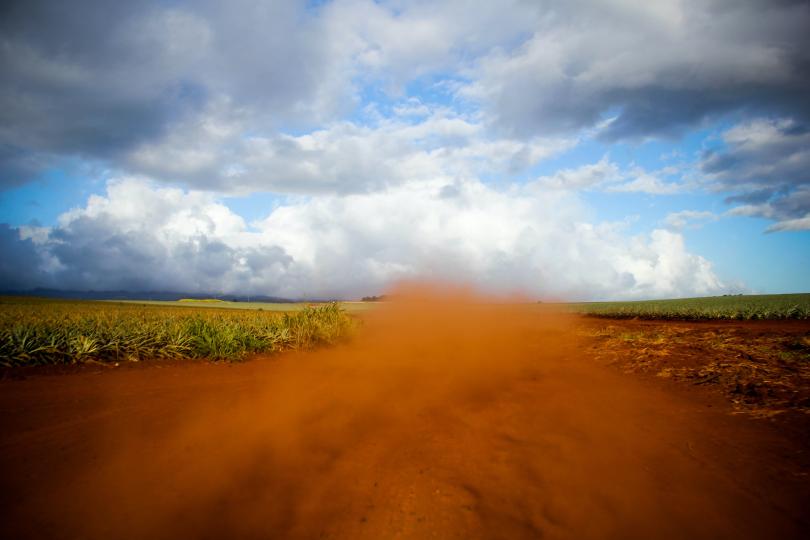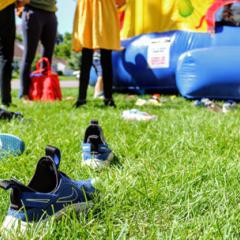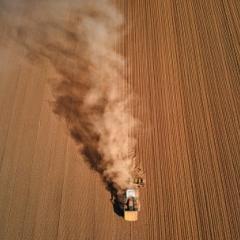Danger in the dust! Gill shares the hazards of windblown dust
Tom Gill co-authored a March 2023 study exploring the health and safety effects of airborne dust in North and South America. He also led an op-ed in the American Geophysical Union giving “an overview of airborne soil dust, its health and safety impacts, and what important questions remain."
The importance of this study was made tragically clear in an Illinois dust storm that left seven people dead on May 1, 2023. A CNN story interviewed study authors about this “underestimated, understudied and underreported” problem.
“If you breathe particles of stuff in the air and it gets into your respiratory tract, in your lungs, it’s going to cause irritation whether it’s toxic or not. It adds to the burden of air pollution.”
Tom Gill, CNN
The study summarizes:
“Soil particles suspended in the air, commonly known as dust, impose substantial risks to many sectors of society, including human health, environmental health, transportation safety and the general economy. This work focuses on the dust effects in the Pan-American region, where the knowledge is rather fragmented, but impacts are costly. Dust in the Americas either comes from local sources or is transported by winds from Asia and Africa. Human exposure to dust can cause adverse health effects, such as asthma, Valley fever, and even death. Dust affects the environment by supplying nutrients to ecosystems, contaminating water and food, spreading pathogens, microplastics, heavy metals and radionuclides, and reducing solar and wind power generation. Dust is also one of the deadliest weather hazards particularly in the southwestern United States. Finally, the measures to mitigate these harmful effects include coordinated dust prediction and early warning, soil conservation, and public health surveillance.”
Resources:
- Tong, D. Q., Gill, T. E., Sprigg, W. A., Van Pelt, R. S., Baklanov, A. A., Barker, B. M., et al. (2023). Health and safety effects of airborne soil dust in the Americas and beyond. Reviews of Geophysics, 61, e2021RG000763. https://doi.org/10.1029/2021RG000763
- Gill, T. E., D. Tong, W. Sprigg, and R. S. Van Pelt (2023), Danger in the dust! The hazards of windblown dust, Eos, 104, https://doi.org/10.1029/2023EO235014. Published on 1 June 2023.
- McCausland, P., Bush, E. (2023) Dust storms have killed hundreds and are a growing problem in parts of the U.S. CNN. https://www.nbcnews.com/science/environment/dust-storms-killed-hundreds-are-growing-problem-parts-us-rcna82889. May 4, 2023.



